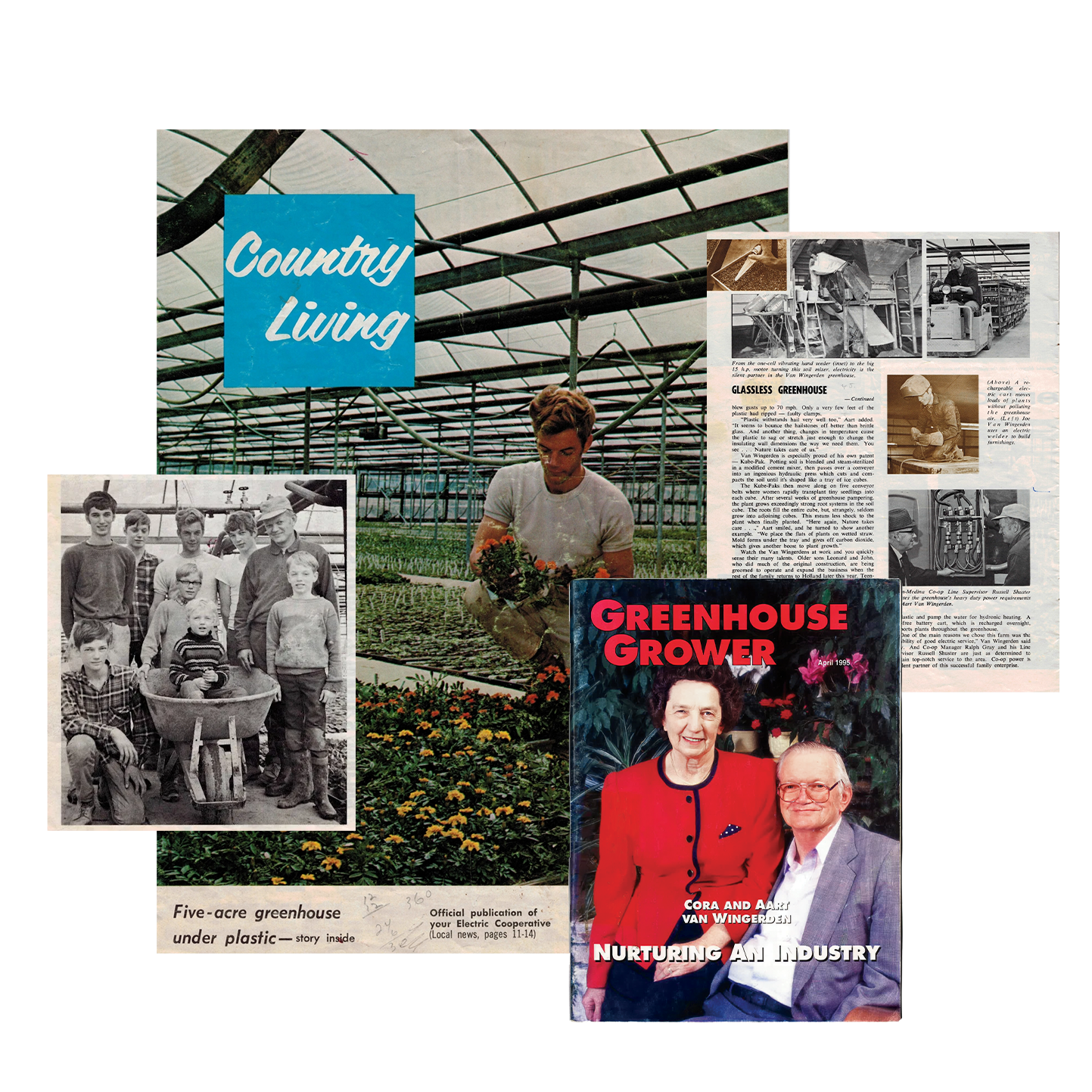About Us
Our Family History

Our agricultural roots are found in the small village of Ridderkerk, Netherlands. It was here that Leendert Van Wingerden was born on March 22, 1892. Leendert grew up in Ridderkerk, where he met and married Apolonia, the daughter of a successful flax farmer. Together they settled on a small plot of land called ‘de Punt.’ Leendert and Aplonia had eleven children. Leendert’s oldest son, Aart, inherited his father’s passion for agriculture.
Together, Leendert and Aart implemented new growing techniques: manure-lined cold frame greenhouses for starting early transplants, the use of ‘perspotten’ (soil blocks), and rigorous variety selection. For many years, Leendert and his family successfully grew and harvested a wide selection of vegetables.
In 1940, the German invasion of the Netherlands brought with it the harsh realities of occupation. The Dutch people endured blackouts, being sequestered in their homes, having their food confiscated, and the fear that comes when friends and neighbors disappear without explanation. Throughout this hardship, Leendert and his family continued to grow vegetables that were desperately needed by their community.
Aart Van Wingerden married Cornelia Huizer on April 26, 1943, and they welcomed their first son, Leendert (called Leonard), on June 22, 1944. Aart continued in his father’s farming footsteps by growing vegetables on the land next to their tiny cottage, ‘de Hut,’ and building his first small greenhouse to grow ‘witloef’ (Belgian endive).
After the end of World War II, Aart and Cornelia immigrated to the United States, arriving on May 10, 1948, in New York City with three boys and six dollars. Aart used the agricultural skills he acquired from his father in the Netherlands and his love of horticulture to make a way for his family in the United States. Aart’s water management skills allowed him to find success on lands where others failed. Aart continued to hone his horticultural skills by building cold-frame greenhouses and perfecting the soil block method of growing transplants for the fields. In 1955, Aart’s first flowering plants were produced, and despite many setbacks, Aart and his family, which had grown to 16 children, embraced with passion the science and art of growing ornamental plants.
For his entire life, Aart Van Wingerden would remain at the forefront of horticultural development, growing regimens, innovative greenhouse structures, heating systems, and agricultural technology. Double-layered poly greenhouses, plastic paks, plastic flats, automated equipment, gutter-connected structures, and a fall crop of greenhouse tomatoes are credited to Aart Van Wingerden’s innovations.
Aart and Cornelia were faithful stewards of the talents and blessings God had given them. They raised their family and had numerous business successes, but also gave of their time and resources to charitable institutions, including creating their non-profit organization, Double Harvest. Double Harvest’s mission was to go into third-world countries to develop agricultural projects focusing on modern and sustainable vegetable production and to bring the Gospel.
Today the grandsons, granddaughters, great-grandsons, and great-granddaughters of Leendert Van Wingerden still operate many of the plant-growing operations begun by Aart Van Wingerden. Today there are over 30 different agricultural ventures from Leendert’s lineage. The operations have been expanded, modernized, and handed down from generation to generation. The Van Wingerden family continues to innovate and remain on the cutting edge of the horticultural industry. More importantly, the Van Wingerden legacy of charitable work continues as many family members participate in projects worldwide that feed, clothe, and house those in need and bring them the good news of God’s love.
© Grower Direct Farms
